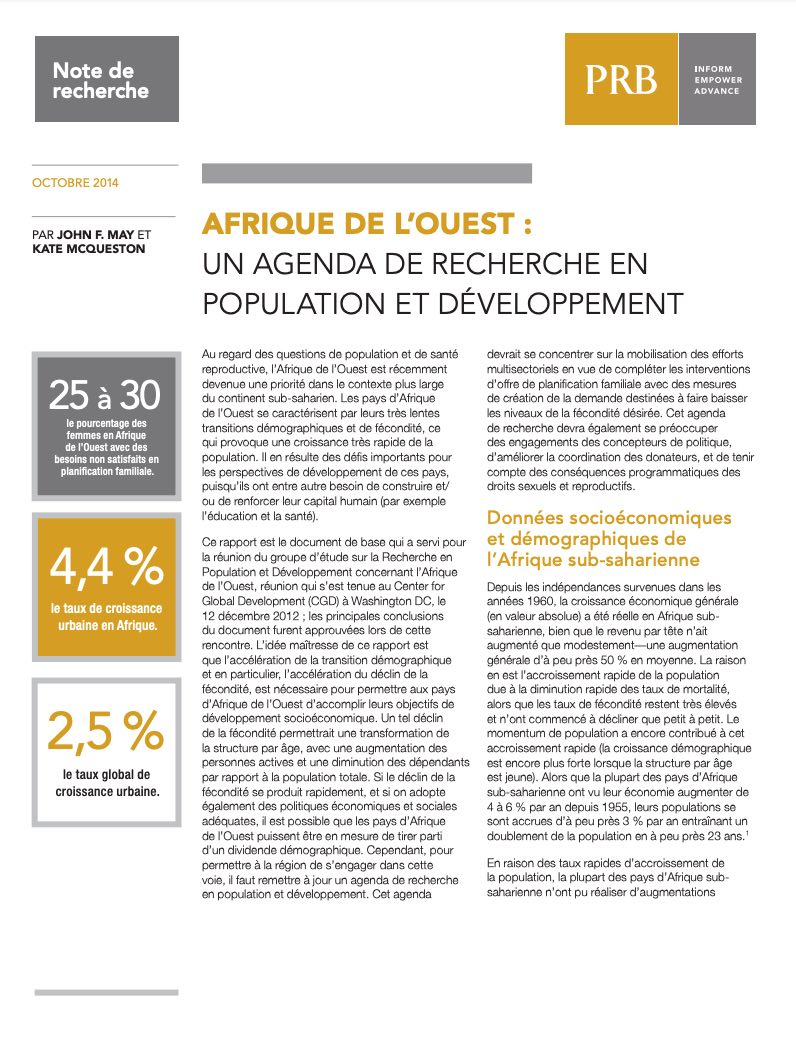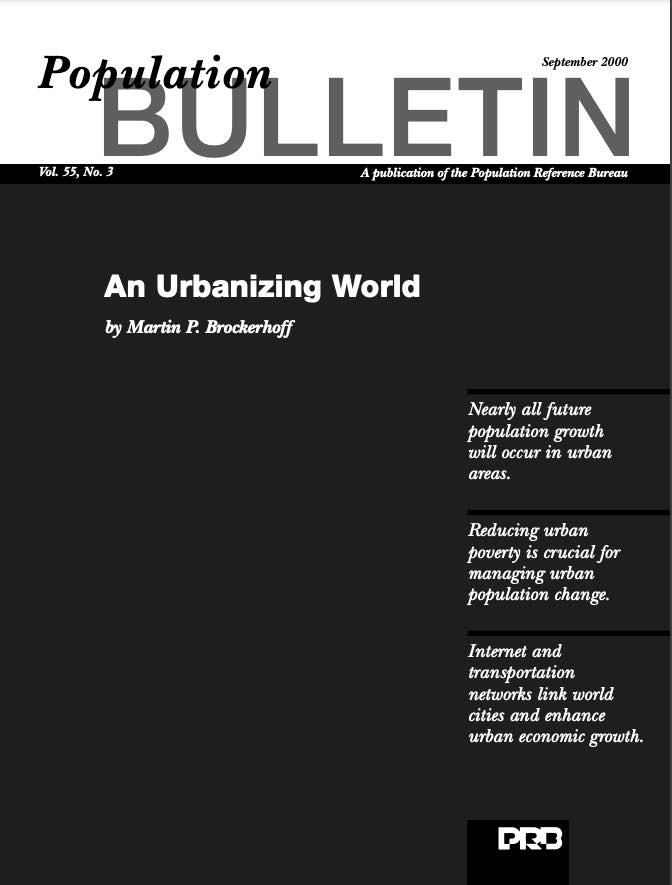Race/Ethnicity Categories in Federal Surveys Are Changing: Implications for Data Users
Federal revisions to race categories will give people better options for identifying themselves and provide data users with a more accurate picture of the U.S. population.



